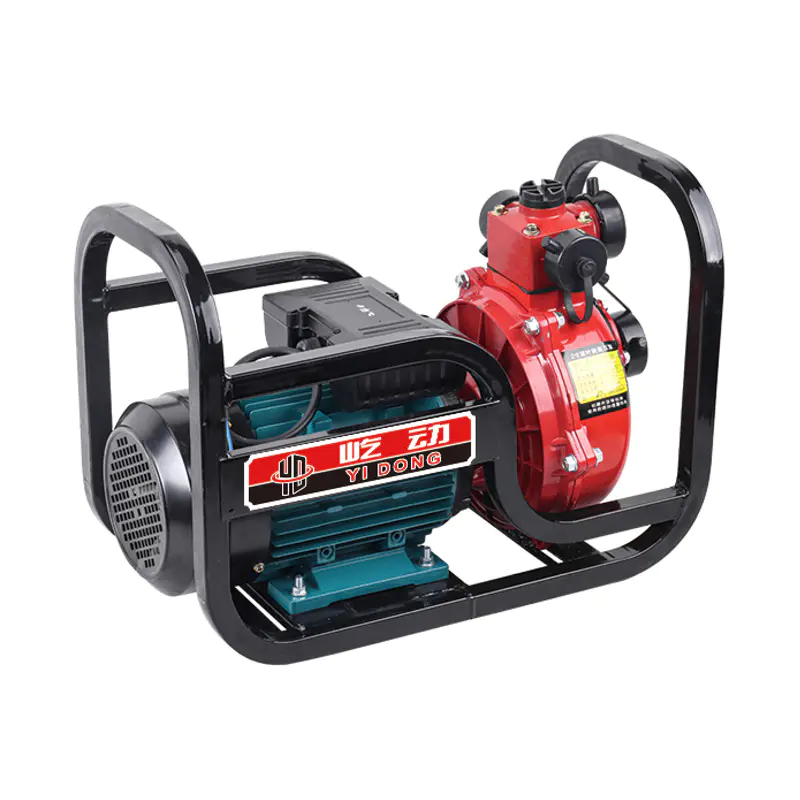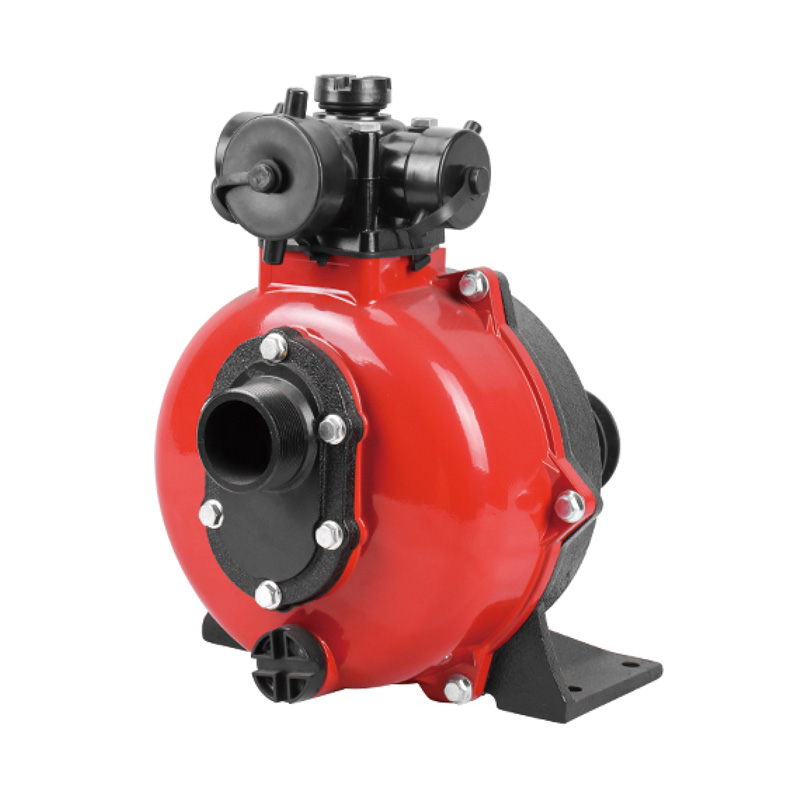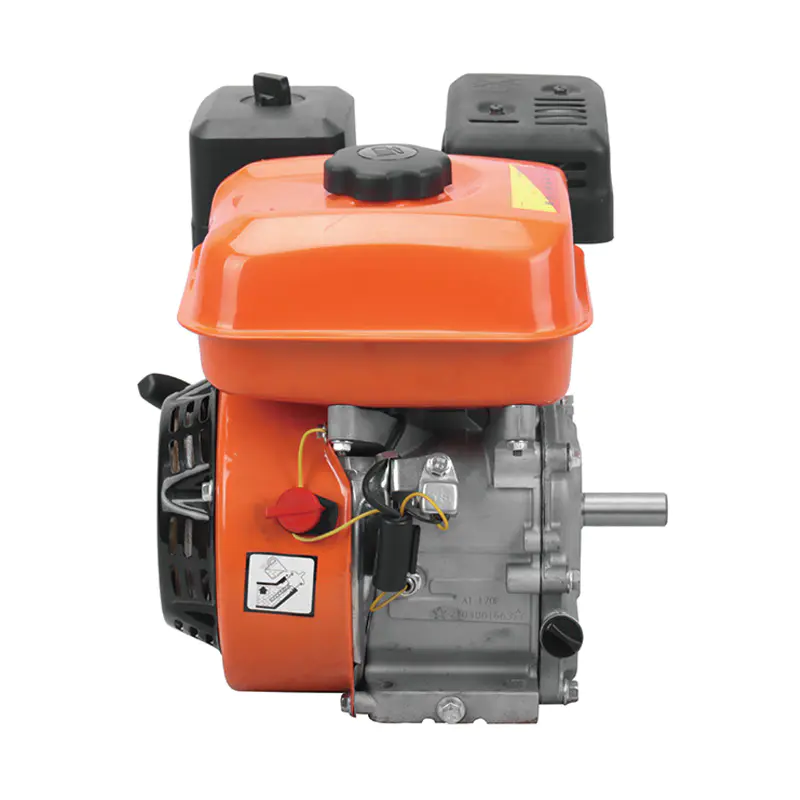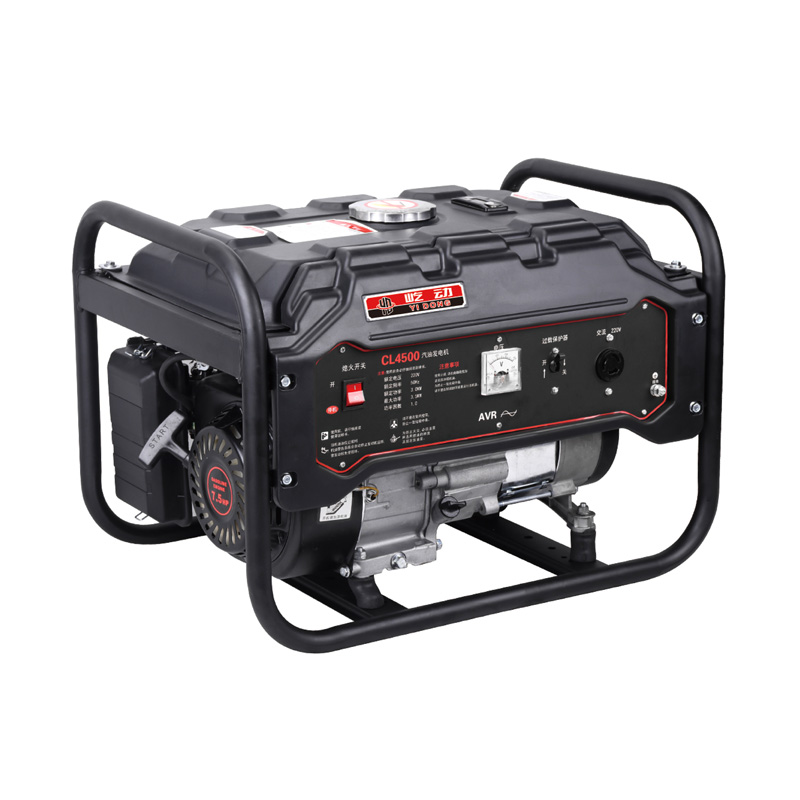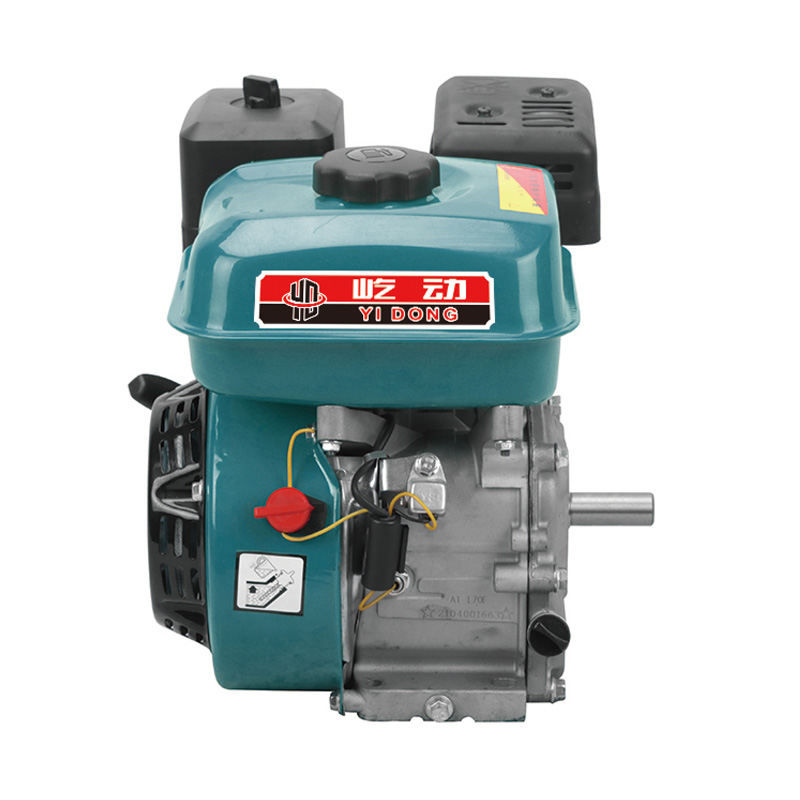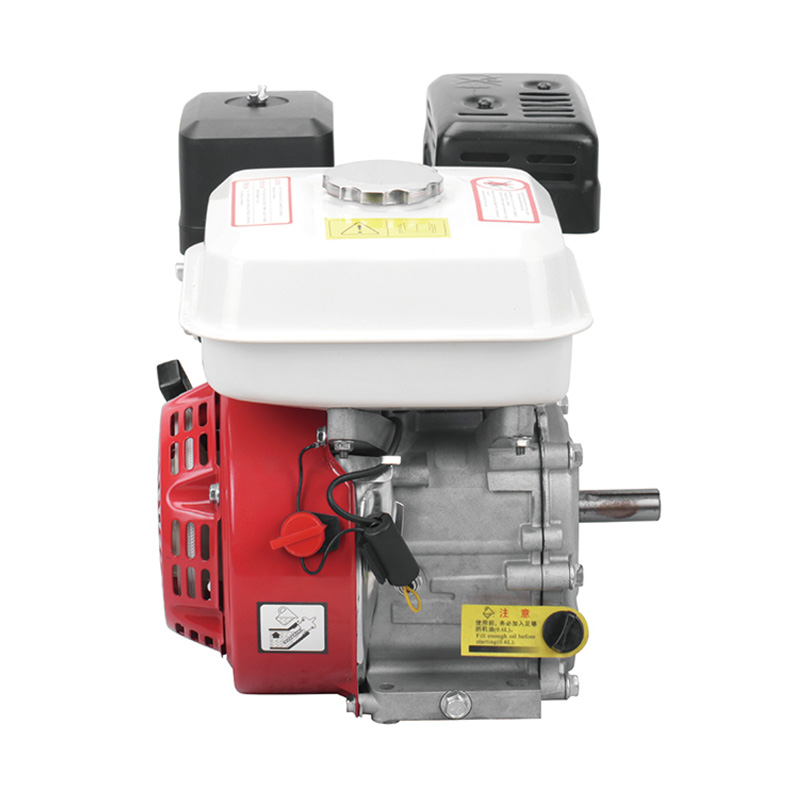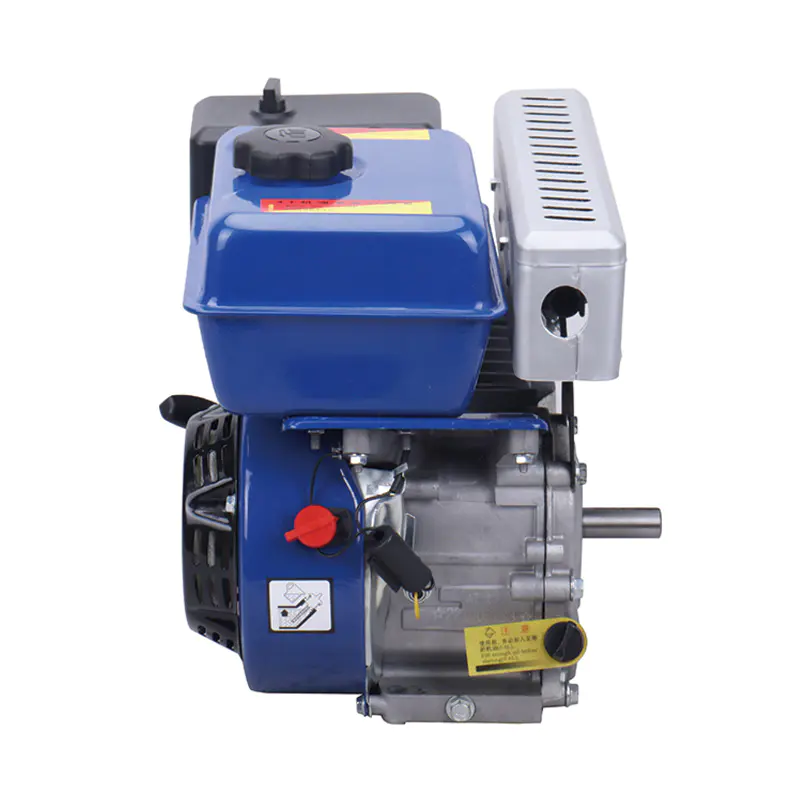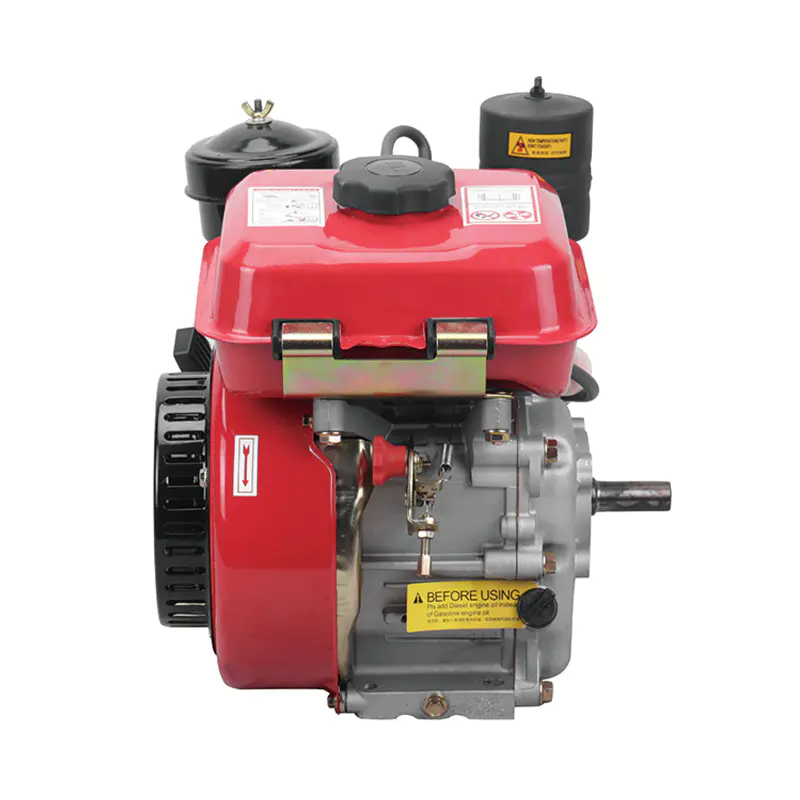Agricultural development has always been at the forefront of technological innovation, with the gasoline engine irrigation water pump being a prime example of such progress. These pumps are essential tools for transferring water from one location to another, particularly in the context of irrigation.
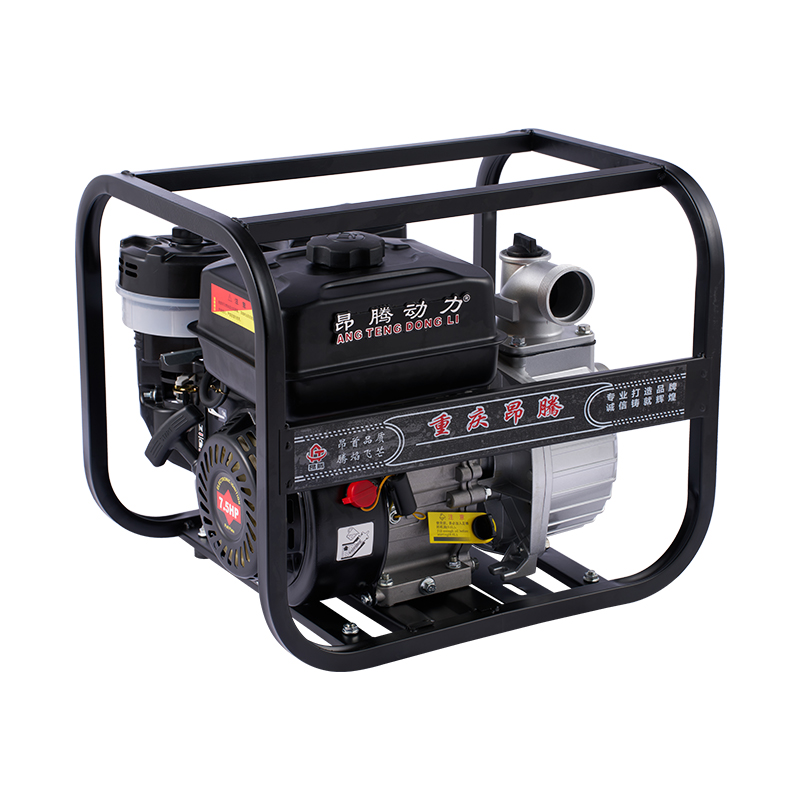
The Heart of the Operation: The Gasoline Engine
At the core of the agricultural gasoline engine irrigation water pump is the gasoline engine itself. This engine is responsible for converting the chemical energy from fuel into mechanical energy, which is then used to power the pump. The engine’s primary components include:
1. Cylinder and Piston Assembly: The engine’s power stroke is facilitated by the piston moving within the cylinder, transforming linear motion into rotary motion via a connecting rod and crankshaft.
2. Carburetor: This component mixes air with fuel in the correct proportion for combustion, ensuring the engine runs efficiently.
3. Ignition System: Comprising of spark plugs and an ignition coil, this system provides the spark necessary for combustion.
4. Cooling System: Designed to regulate the engine’s temperature, it includes a radiator and sometimes a fan to dissipate heat.
5. Exhaust System: It expels burnt gases produced during combustion, reducing emissions and maintaining engine efficiency.
The Workhorse: The Water Pumping Mechanism
The water pumping mechanism is where the converted mechanical energy is utilized to move water. Key components include:
1. Impeller: This is the rotating component that propels water through the pump, often designed with vanes or blades to increase water flow.
2. Suction Pipe: Connects the pump to the water source, allowing water to be drawn into the pump.
3. Discharge Pipe: This pipe carries the water from the pump to the destination, such as a field or irrigation channel.
4. Seals and Bearings: Essential for preventing water leakage and ensuring smooth operation, these components maintain the integrity of the pump.
The Artery of the System: The Lubrication System
Proper lubrication is crucial for the longevity and performance of the engine. The lubrication system consists of:
1. Oil Sump: Holds the engine oil that lubricates the moving parts.
2. Oil Pump: Delivers oil under pressure to the engine's bearings and moving parts.
3. Oil Filter: Ensures that contaminants are removed from the oil before it circulates through the engine.
The Brain: The Control and Safety Features
Ensuring the pump operates within safe parameters and can be controlled by the user are vital. The control and safety features include:
- 1. Throttle Control: Allows the operator to control the engine speed, which in turn affects the water flow rate.
- 2. Overload Protection: Systems are in place to prevent damage to the pump in the event of a blockage or excessive load.
- 3. Safety Switches: These switches can shut down the engine in case of an emergency, protecting both the operator and the equipment.
The Support Structure: The Frame and Mounting
The physical structure that supports the engine and pump components is also an essential part of the system:
1. Frame: Houses the engine and pump, providing a stable platform for operation.
2. Mounting System: Allows for easy transportation and secure placement of the pump in various terrains.
The Lifeline: The Fuel System
The fuel system is what keeps the engine running by supplying it with gasoline:
1. Fuel Tank: Stores the gasoline for the engine.
2. Fuel Lines: Transport fuel from the tank to the carburetor.
3. Petcock or Fuel Valve: Controls the flow of fuel from the tank to the carburetor.
The Interface: The Electrical System
While not as prominent as in electric pumps, the electrical system in a gasoline engine irrigation water pump is still essential:
1. Battery: Provides the initial spark for engine ignition.
2. Alternator or Generator: Charges the battery while the engine is running and powers electrical components.
The Final Touch: The Intake and Exhaust Systems
These systems complete the loop of engine operation, ensuring efficient combustion and minimal environmental impact:
1. Air Intake: Delivers fresh air to the engine for combustion.
2. Exhaust System: As mentioned earlier, removes the waste gases produced during combustion.



 English
English русский
русский Français
Français Español
Español عربى
عربى